April 2025 EV sales: Tesla sales tank in crazy month that saw hybrids drop, BYD boom
Sales of EVs dropped again in April off the back of a disastrous month for Tesla on the local sales front.
Figures supplied by the Federal Chamber of Automotive Industries and the EV Council show Tesla sold just 500 cars during a month that included Easter and Anzac Day public holidays, contributing to an overall 6.2 percent decline across the market compared with April 2024 (97,302 in 2024 and 91,316 in 2025).
But while EV sales dropped in April 2025 compared with 2024 – there were 6193 sold last year and 6027 this year – they actually held a slightly higher proportion of sales: 6.6 percent versus 6.4 percent (due to the drop in the overall market).
BYD the EV sales winner
Chinese brand BYD was a comfortable EV sales winner in April with 1639 of its 3202 sales pure battery electric vehicles (the rest were plug-in hybrids).
READ MORE: 2024 EV sales: Deep dive into the market that saw Tesla drop, BYD grow
READ MORE: Used EV sales rose in Australia in 2024 but resale values fell – by a lot!
READ MORE: Electric overload! Every EV coming to Australia in 2025
The BYD Sealion 7 (pictured top) was Australia’s top selling EV. The Chinese giant sold more than twice as many EVs as second placed Kia on 751 cars with MG in third (594).
While Ford and Toyota continue to dominate in ute sales – and Toyota’s 19,380 sales overall accounted for 21.2 percent of the entire market – the pair continue to languish with sales of EVs.
Toyota sold just 89 EVs in April and Ford a lowly 32.
To put that in perspective Porsche sold 150 (133 of them the new Macan EV), BMW 489 and Mercedes-Benz 149.
What about Tesla?
Tesla’s 500 sales – comprising 280 Model Ys and 220 Model 3s – is 76 percent down on the same month in 2024.
In the case of the Model Y it’s partly reflective of the imminent delivery of the Juniper update that has been hyped for months – in turn attracting plenty of pre-orders.
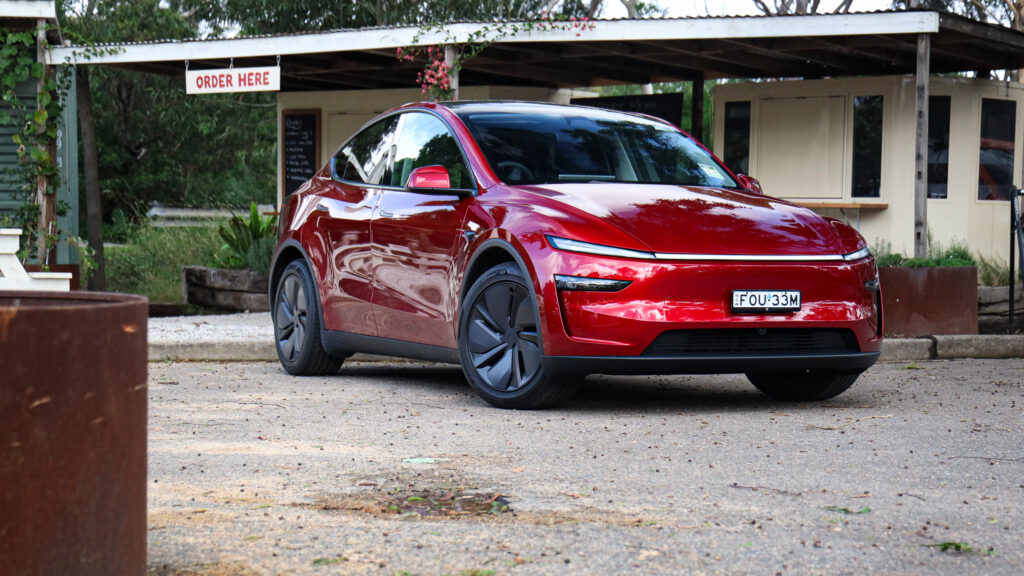
But the drop in Model 3 sales is no doubt partially attributable to the anti-Tesla sentiment permeating the market because of CEO Elon Musk’s involvement in US politics.
That said, the Model 3 was still the second best-selling medium passenger car on the market, outdone only by the Toyota Camry that smashed it with 843 monthly sales.
The result edges the Camry ahead for the first time in more than two years, with 2601 sales for the year so far versus 2077 for the Tesla).
Tesla’s 500 sales had it fourth on the EV sales charts. That’s believed to be the brand’s lowest result in a market that’s seeing competition intensify.
But before celebrating on Tesla’s electric grave it may be worth waiting to see its May and June sales figures, because there’s a fair chance that new Model Y will breathe some much-needed spark into them.
Hybrids headed backwards
One surprise from the April sales result was that Aussies bought fewer hybrids (the regular ones, not plug-ins) in April 2025 (14,288) compared with April 2024 (15,194).
Given Toyota now has a bunch of hybrid-only models – Yaris, Corolla, Yaris Cross, Corolla Cross, Camry, RAV4 and Kluger – the result was unexpected.
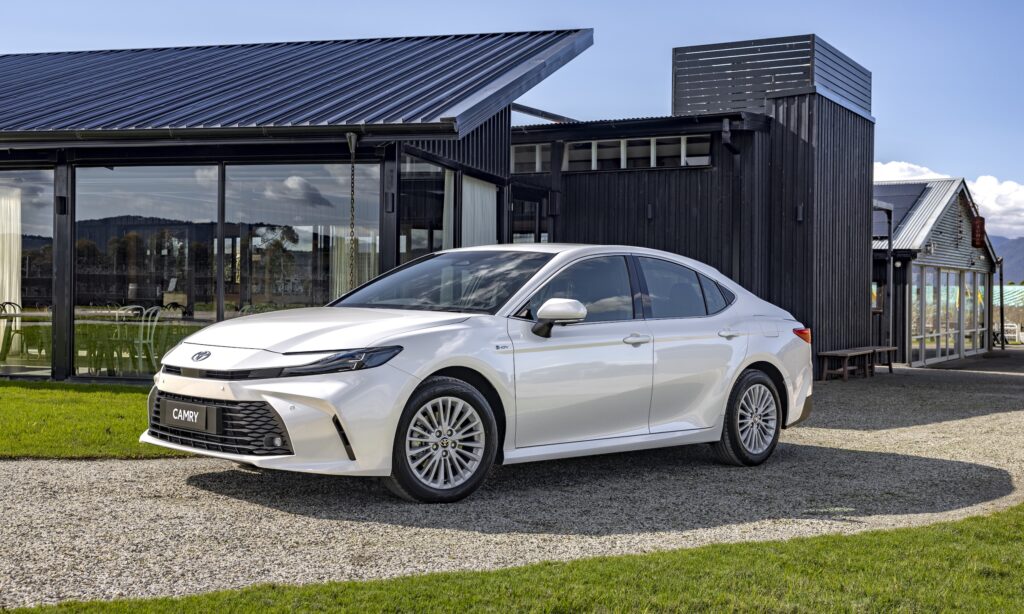
It meant 46 percent of all Toyotas sold in April were hybrids, down on the 49 percent tally for the whole of 2024. Toyota has committed to 50 percent of its 2025 sales being electrified (hybrid or electric).
Toyota’s hybrid share is still dominant – 63 percent of regular hybrid sales wear a Toyota badge, or 69 percent if you include luxury brand Lexus – but it’s slipped from the lofty 90-percent-plus highs of a few years ago.
Blame it on increased competition.
Hyundai was the the second best-selling hybrid brand, with 1881 sales in April, 34 percent of its sales for the month (throw in EVs and 37 percent of Hyundai’s sales were electrified).
Chinese brand GWM is also rocketing up the hybrid sales charts with 21 percent of its April sales regular hybrids (another 4.6 percent of GWM’s sales were plug-in hybrids).
It’s also worth putting the hybrid sales result in perspective.
Sure, hybrid sales dropped 6 percent compared with April 2024, but the market dropped 6.2 percent. So the percentage of hybrid sales as a proportion of the overall market increased marginally.
PHEVs still growing, but momentum has stalled
Speaking of PHEVs, the April 2025 result was a mixed bag.
The 2601 PHEV sales last month was almost double the result for the same month in 2024.
Near-100-percent growth appears solid on the surface – and most of it was down to the BYD Shark 6 that accounted for 1293 sales.
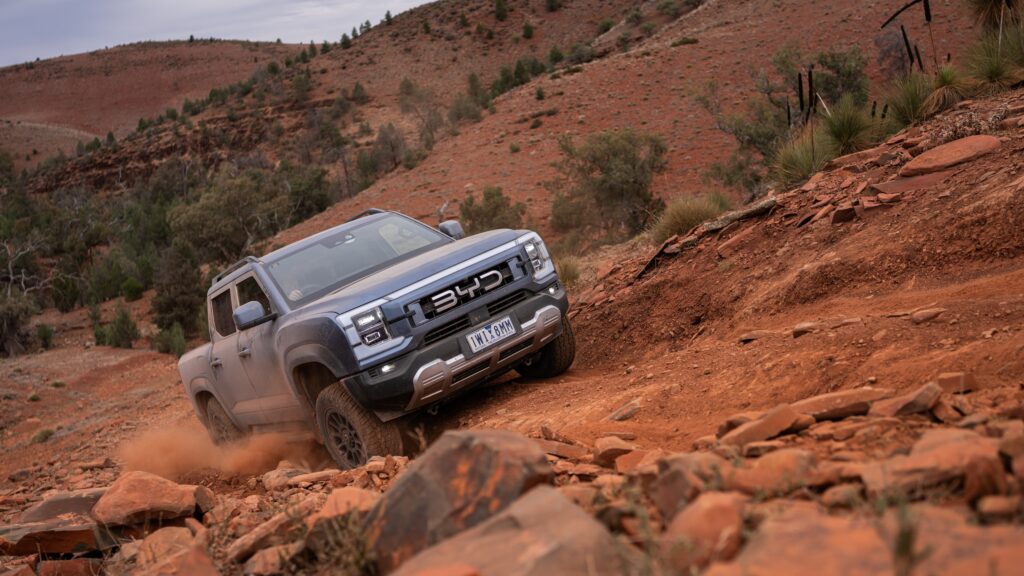
But the PHEV sales boom the market experienced in the first three months of 2025 has cooled following the end of the fringe benefit tax (FBT) exemption on plug-in hybrids from April 1.
In the first quarter of 2025 PHEVs accounted for about 4.7 percent of the new car market.
In April that dropped to 2.9 percent of the market.
Of course one month doesn’t make for a trend – and part of the decline would have been the solid March result that saw 6.4 percent of the market PHEVs as many brands pushed to deliver cars ahead of the FBT exemption cut-off.
But it still shows that a chunk of the interest in PHEVs was attributable to the generous tax break that is now reserved only for BEVs, not PHEVs.
April 2025 EV sales by model
| Make and Model | April 2025 sales |
| BYD Sealion 7 | 743 |
| MG MG4 | 363 |
| BYD Atto 3 | 355 |
| Kia EV5 | 342 |
| Kia EV3 | 336 |
| BYD Seal | 325 |
| Geely EX5 | 324 |
| Tesla Model Y | 280 |
| MG ZS | 227 |
| Tesla Model 3 | 220 |
| BMW X1 | 219 |
| BYD Dolphin | 216 |
| Porsche Macan | 133 |
| Polestar 4 | 124 |
| BMW X2 | 118 |
| Chery Omoda 5 | 103 |
| Toyota bZ4X | 89 |
| Cupra Born | 81 |
| Volvo EX30 | 79 |
| BMW i4 | 73 |
| Mini Aceman | 65 |
| GWM Ora | 64 |
| Audi Q4 e-tron | 63 |
| Volkswagen ID.4 | 57 |
| Polestar 2 | 56 |
| Mercedes-Benz EQA | 56 |
| Hyundai Inster | 51 |
| Volvo XC40 | 49 |
| Hyundai Ioniq 5 | 46 |
| Mini Countryman | 45 |
| Zeekr X | 45 |
| Mercedes-Benz EQB | 44 |
| Hyundai Kona | 41 |
| Kia EV6 | 39 |
| Leapmotor C10 | 38 |
| BMW 5 Series | 34 |
| BMW X3 | 33 |
| Mini Cooper | 30 |
| Kia EV9 | 29 |
| Mercedes-Benz EQE SUV | 27 |
| Skoda Enyaq | 25 |
| Subaru Solterra | 25 |
| Ford Mustang Mach-E | 24 |
| Polestar 3 | 22 |
| Volkswagen ID.5 | 22 |
| Volvo EX90 | 21 |
| Renault Megane E-Tech | 19 |
| Audi Q6 e-tron | 18 |
| Porsche Taycan | 17 |
| Hyundai Ioniq 6 | 14 |
| Zeekr 009 | 13 |
| BMW iX | 12 |
| Volkswagen ID. Buzz Cargo | 11 |
| LDV eDeliver 9 | 8 |
| Fiat 500 / Abarth | 7 |
| LDV eDeliver7 | 7 |
| Jeep Avenger | 7 |
| Audi e-tron GT | 5 |
| Audi Q8 e-tron | 5 |
| Cupra Tavascan | 5 |
| Ford Transit Heavy | 5 |
| Kia Niro | 5 |
| Lexus RZ | 5 |
| Nissan Leaf | 5 |
| Renault Kangoo | 5 |
| MG Cyberster | 4 |
| Mercedes-Benz EQS SUV | 4 |
| Mercedes-Benz G-Class | 4 |
| Ford Transit Custom | 3 |
| Genesis GV60 | 3 |
| Mercedes-Benz EQE | 3 |
| Mercedes-Benz eVito Van | 3 |
| Mercedes-Benz eVito Tour | 3 |
| Peugeot Partner | 3 |
| Peugeot e208 | 3 |
| Peugeot e308 | 3 |
| Volkswagen ID. Buzz | 3 |
| Foton Mobility T5 | 2 |
| Genesis GV70 | 2 |
| Mercedes-Benz Sprinter | 2 |
| Mercedes-Benz EQV | 2 |
| Skoda Elroq | 2 |
| Genesis G80 | 1 |
| Lotus Emeya | 1 |
| Mercedes-Benz EQS | 1 |
| Rolls-Royce Coupe/Conv | 1 |
| TOTAL | 6027 |
Source: FCAI and EV Council
April 2025 EV sales by brand
| Brand | April 2025 sales |
| BYD | 1639 |
| Kia | 751 |
| MG | 594 |
| Tesla | 500 |
| BMW | 489 |
| Geely | 324 |
| Polestar | 202 |
| Hyundai | 152 |
| Porsche | 150 |
| Volvo Car | 149 |
| Mercedes-Benz | 149 |
| Mini | 140 |
| Chery | 103 |
| Volkswagen | 93 |
| Audi | 91 |
| Toyota | 89 |
| Cupra | 86 |
| GWM | 64 |
| Zeekr | 58 |
| Leapmotor | 38 |
| Ford | 32 |
| Skoda | 27 |
| Subaru | 25 |
| Renault | 24 |
| LDV | 15 |
| Peugeot | 9 |
| Stellantis | 7 |
| Fiat | 7 |
| Genesis | 6 |
| Nissan | 5 |
| Lexus | 5 |
| Foton Mobility | 2 |
| Rolls-Royce | 1 |
| Lotus | 1 |
| TOTAL | 6027 |
Source: FCAI and EV Council

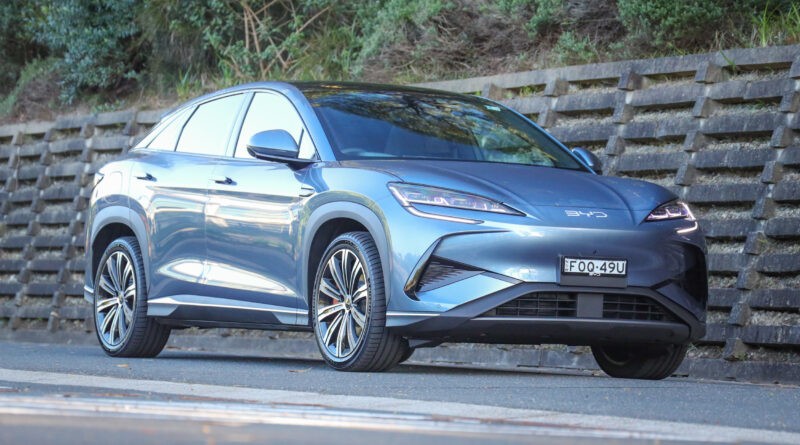
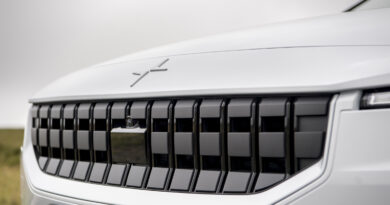
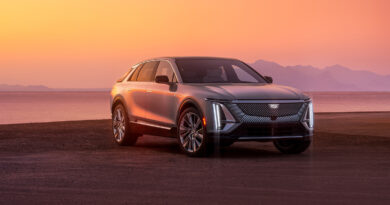
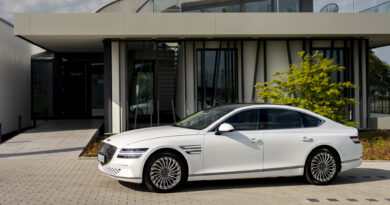
The Skoda Elroq has not even had pricing announced yet, where did that 2 come from?